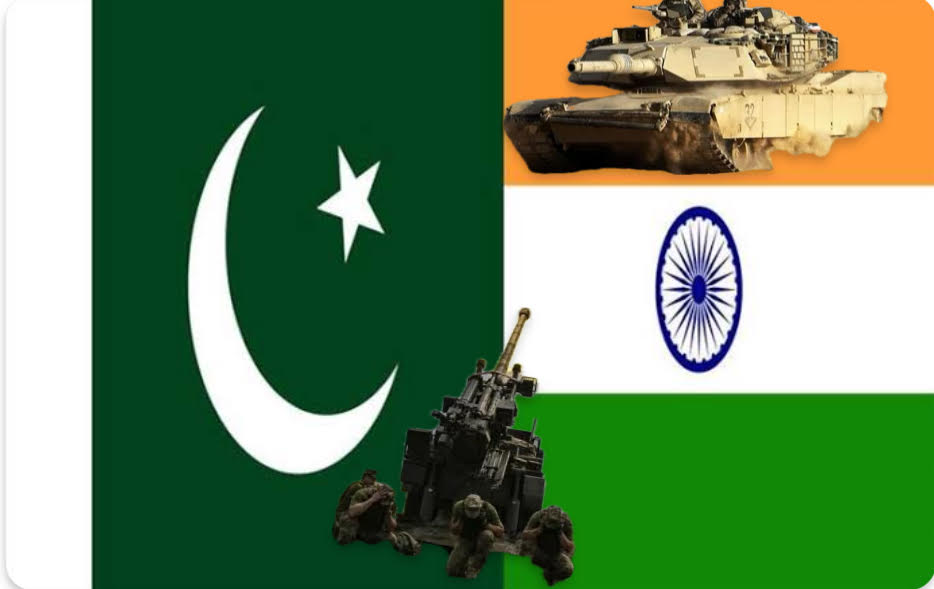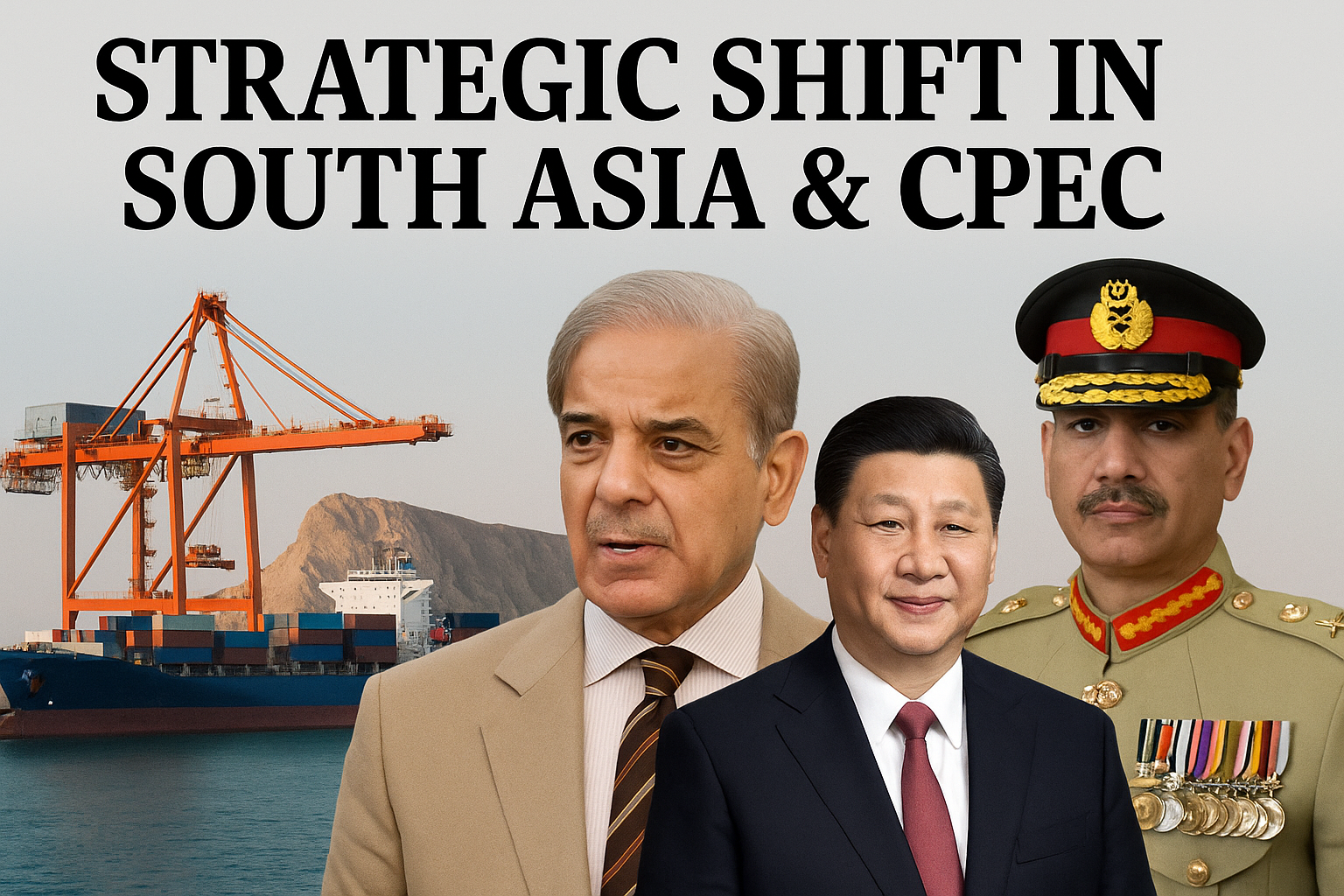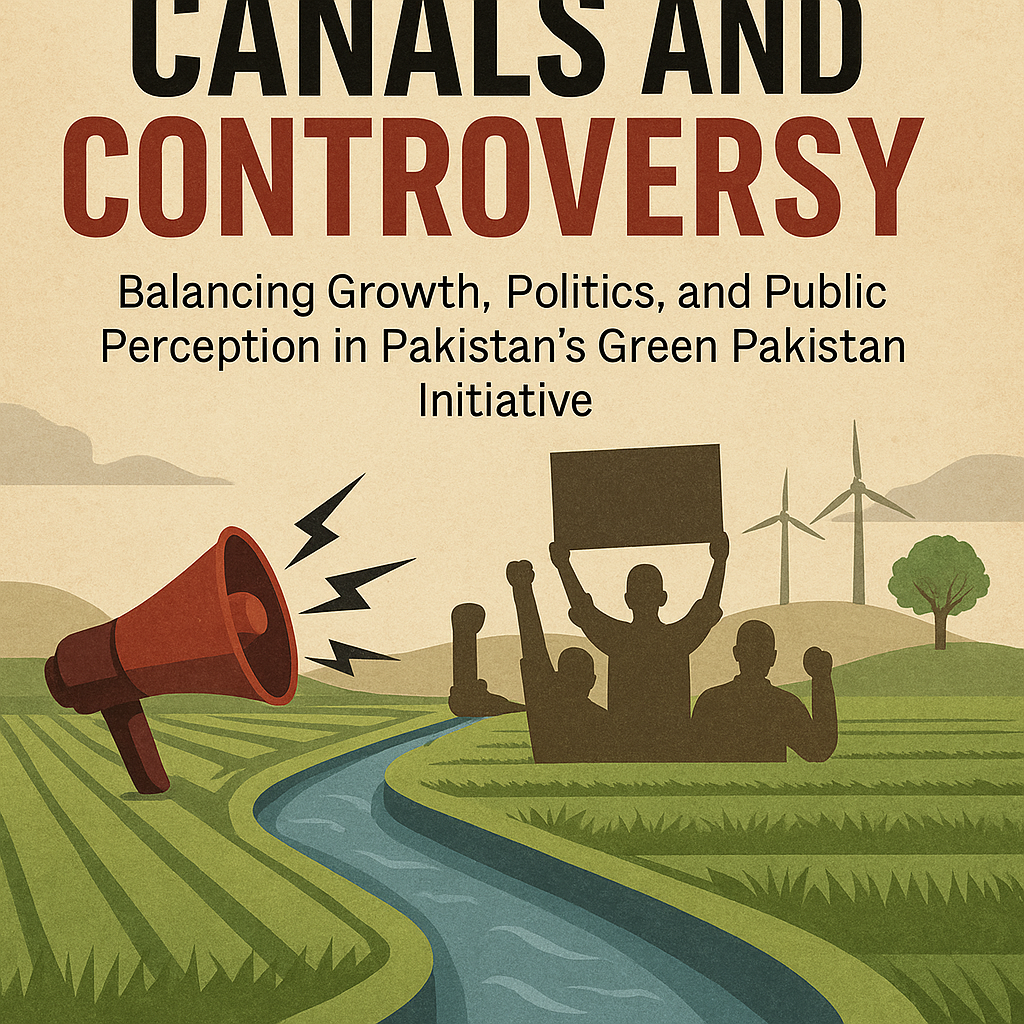Saima Khan

With Modi’s popularity slipping, India turns to its tried-and-tested move: staging false flag operations, like Pulwama, that expose its own security failures while using the chaos to push a hidden agenda. From Bollywood to Delhi’s plot factory, the line between drama and policy has blurred—except in this script, innocent lives become expendable props. RAW’s playbook is painfully familiar: stage a tragedy, blame Pakistan before the dust settles, and launch a global sympathy tour. Some nations build narratives on truth; India prefers high-budget lies, well-timed blasts, and a press conference before the smoke even clears. With each suspiciously timed “terror” incident, the question isn’t if it’s staged—but how sloppily it’s been executed this time.
Allegations of False Flag Operations: A History of Mistrust
A significant aspect of the strained India-Pakistan relationship involves repeated allegations by Pakistan of false flag operations conducted by India within its own territory, which are then blamed on Pakistan to escalate tensions and garner international support. These accusations reflect a deep-seated mistrust and a perception that India manipulates events to serve its political and strategic objectives.
One prominent alleged instance is the Pahalgam attack in April 2025. Following the attack, which resulted in the death of 26 people, India was quick to point blame towards Pakistan. However, Pakistan vehemently denied any involvement, with its Defence Minister even suggesting the attack was a false flag operation orchestrated by India itself. Pakistani officials pointed to inconsistencies in the immediate aftermath, including the rapid blaming of Pakistan and the alleged failure of security in a heavily militarized zone.
Furthermore, a leaked document allegedly exposing the involvement of India’s intelligence agency, RAW, in the Pahalgam attack surfaced on social media, further fueling Pakistan’s claims. This document, purportedly titled “Psy Ops” and Narrative Control, detailed instructions for shaping public opinion and framing the incident as an attack on the Indian state and its non-Muslim population, with the aim of promoting an anti-Pakistan narrative. The timing of the attack coinciding with the visit of the US Vice President was also highlighted as suspicious, suggesting an attempt to manipulate international solidarity on counter-terrorism. However, the Indian government dismissed these claims of leaked documents as fake, urging reliance on official sources. The Press Information Bureau (PIB) labeled the circulating documents as “fake” and cautioned against sharing unverified information. Despite Pakistan’s assertions, the international community, particularly the UN Security Council, did not appear to support the “false flag” narrative and instead raised questions about the potential involvement of Pakistan-based terrorist organizations.
Historically, Pakistan has also accused India of orchestrating events like the 2001 Indian Parliament attack, the 2008 Mumbai attacks, and the 2019 Pulwama attack as false flag operations to malign Pakistan on the international stage and to justify military or diplomatic actions. These allegations, while consistently denied by India, contribute to a narrative of India being a hostile actor that resorts to deception to achieve its goals against Pakistan. The repeated accusations of false flag operations by Pakistan indicate a deep-seated mistrust and a perception that India manipulates events to gain international support and justify actions against Pakistan. While Pakistan frequently alleges these operations, the lack of independent verification and India’s strong denials make it difficult to definitively confirm these claims. The timing of some alleged false flag operations coinciding with significant international events suggests a potential strategy to influence global opinion and diplomatic agendas.
Violations of the Line of Control (LOC): Escalating Military Tensions
For a country that claims to be a “rising global power,” India sure spends a lot of time playing with matches along the Line of Control. When New Delhi runs out of diplomatic narratives or needs a distraction from domestic disasters, it seems the LOC becomes its favorite playground for fireworks. From so-called “surgical strikes” that only seem to hit empty forests, to unprovoked ceasefire violations repackaged as “defensive actions,” India’s military theatrics have become as predictable as a monsoon in July. Apparently, nothing says “regional peace” like lobbing mortars across a border drawn by war and maintained by propaganda.
On a serious note, the Line of Control (LOC) serves as the de facto border between the Indian and Pakistani administered parts of Jammu and Kashmir, established after the 1971 war and the subsequent Simla Agreement in 1972. Both countries agreed not to unilaterally alter the LOC. Despite this agreement and various ceasefire arrangements, the LOC has remained a highly militarized and volatile zone, witnessing frequent ceasefire violations (CFVs) from both sides. These violations involve the exchange of fire using a range of weapons, from small arms to mortars, and have resulted in casualties on both sides, including civilians.
Following the Pahalgam attack in April 2025, there was a significant spike in ceasefire violations along the LOC, with both India and Pakistan accusing each other of initiating the firing. Pakistan claimed that Indian troops resorted to “unprovoked” firing on multiple Pakistani military posts, prompting a strong response from the Pakistan Army. Conversely, the Indian Army accused Pakistan of initiating the firing with small arms and stated that they responded “promptly and proportionately”. These exchanges of fire continued for several consecutive nights, exacerbating the already heightened tensions in the region.
Beyond ceasefire violations, there have been allegations of incursions across the LOC by India. For instance, after the 2016 attack on an Indian army base in Uri, India claimed to have conducted “surgical strikes” on terrorist camps inside Pakistani-administered Kashmir, a claim Pakistan denied. Similarly, following the 2019 Pulwama attack, India carried out an air strike targeting alleged terrorist training camps in Pakistan’s territory. These actions, viewed by Pakistan as violations of its sovereignty and breaches of the LOC agreement, further fueled the cycle of retaliation and mistrust. The consistent exchange of fire across the LOC, with both sides blaming the other, suggests a lack of effective mechanisms to maintain peace and a persistent state of military readiness and tension. The escalation of ceasefire violations following major terrorist attacks indicates a direct link between such incidents and heightened military tensions along the border. The nature of ceasefire violations has evolved over time, with potential shifts in motivations from preventing infiltration to exerting military pressure and deterring offensive actions.
Breaches of Bilateral Agreements: Eroding Trust and Cooperation
For a country that loves waving signed agreements at global forums like diplomas of moral superiority, India has a peculiar habit of shredding them the moment they’re inconvenient. From Simla to Indus, every treaty seems to serve as décor in New Delhi’s power drawing rooms—useful for speeches, but disposable in practice. Whether it’s sneaking into Siachen under cover of snow or weaponizing water flows as retaliation theatre, India has redefined “confidence-building measures” into “confidence-breaking traditions.” At this rate, the only pact left untouched might be the one that says, “We won’t nuke each other”—and even that hangs by the thread of global surveillance.
Over the years, India and Pakistan have signed numerous bilateral agreements aimed at normalizing relations, building confidence, and resolving outstanding disputes. However, allegations of breaches of these agreements have been a recurring feature of their relationship, contributing significantly to the erosion of trust and cooperation.
The Simla Agreement (1972): This agreement, signed after the 1971 war, committed both nations to settle their differences through peaceful means and bilateral negotiations, and to respect the Line of Control. Pakistan has accused India of violating the Simla Agreement on several occasions. One prominent instance is India’s capture of the Siachen Glacier in 1984 during Operation Meghdoot. Pakistan argued that this action unilaterally altered the territorial status quo in the region, contravening the spirit of the agreement. In a significant development, Pakistan suspended the Simla Agreement in April 2025 in response to India’s decision to hold the Indus Waters Treaty in abeyance following the Pahalgam attack. This suspension signifies a major breakdown in diplomatic relations, as the Simla Agreement was a key framework for bilateral engagement after the 1971 war.
The Indus Waters Treaty (1960): This treaty, facilitated by the World Bank, allocated the waters of the Indus River system between India and Pakistan, granting India control over the eastern rivers (Beas, Ravi, Sutlej) and Pakistan control over the western rivers (Indus, Jhelum, Chenab). Pakistan has repeatedly raised concerns and alleged violations related to India’s construction of hydropower projects on the Western Rivers, fearing that these projects could disrupt the flow of water vital for Pakistan’s agriculture and economy. India, however, has maintained that these projects are within the permissible limits of the treaty. In a significant escalation, India announced the suspension of the Indus Waters Treaty in April 2025, citing national security concerns and Pakistan’s alleged support for cross-border terrorism following the Pahalgam attack. Pakistan reacted strongly, considering this an “act of war” due to its heavy reliance on the Indus River system. India’s suspension of this historically resilient agreement marks a significant escalation and raises concerns about water security in Pakistan and the potential for conflict.
The Non-Attack Agreement (1988): This agreement prohibits both countries from attacking each other’s nuclear installations and facilities. While there have been no direct violations of this agreement, the overall climate of mistrust and escalating tensions, fueled by allegations of false flag operations and LOC violations, could indirectly strain this crucial confidence-building measure.
Other Relevant Pacts and Treaties: Numerous other agreements, including the Tashkent Declaration (1966), the Lahore Declaration (1999), and ceasefire agreements in 2003 and 2021, have been periodically violated or rendered ineffective due to the persistent tensions. The repeated violations and suspensions of various agreements highlight a pattern of eroding trust and the difficulty in sustaining bilateral cooperation in the face of persistent political and security tensions.
Table 1: Key Bilateral Agreements Between India and Pakistan and Alleged Violations by India
| Name of the Agreement | Year Signed | Key Provisions | Alleged Violations by India | Current Status |
| Simla Agreement | 1972 | Peaceful negotiations, respect for LOC, non-unilateral alteration of LOC | Seizure of Siachen Glacier (1984) 49 | Suspended by Pakistan (April 2025) 2 |
| Indus Waters Treaty | 1960 | Allocation of rivers, permitted uses for India on Western Rivers, Permanent Indus Commission | Hydropower projects on Western Rivers (Chenab, Jhelum, Kishanganga, Ratle) 72, Suspension of treaty (April 2025) 5 | In abeyance (declared by India, April 2025) 5 |
| Non-Attack Agreement | 1988 | Prohibition of attack against nuclear installations and facilities | None directly, but overall mistrust and tensions could strain the agreement 12 | In force |
| Ceasefire Agreements | 2003, 2021 | Commitment to ceasefire along the LOC and International Border | Frequent violations alleged by Pakistan 4 | Largely ineffective due to repeated violations 4 |
Impact on Bilateral Relations: A Cycle of Mistrust and Hostility
If diplomacy were a sport, India and Pakistan would both be disqualified for unsportsmanlike conduct—but India would still insist on hosting the tournament, writing the rules, and selecting the referees from its own propaganda unit. After every manufactured “crisis” or conveniently timed tragedy, New Delhi pulls out its now-standard response kit: expel diplomats, shut borders, cancel treaties, and of course, block airspace as if grounding flights will lift their moral standing. It’s the same tired routine—accuse, escalate, then play victim on the world stage. Meanwhile, the international community rushes in with calls for “restraint,” knowing full well they’re dealing with a pair where one plays arsonist and the other plays firefighter at the same time. But when water flows, trade routes, and nuclear posturing are all on the table, even global bystanders start sweating under their diplomatic wigs.
The cumulative effect of alleged false flag operations, LOC violations, and treaty breaches has unleashed a deeply entrenched cycle of mistrust and hostility between India and Pakistan. Diplomatic consequences have been significant, including the downgrading of diplomatic ties, expulsion of diplomats, and suspension of trade and travel. Following the Pahalgam attack, both countries expelled each other’s diplomats and citizens, ordered border closures, and shut down their airspace. India also suspended a critical water-sharing treaty and banned imports from Pakistan. Pakistan retaliated by suspending trade, closing its airspace to Indian flights, and threatening to suspend all bilateral agreements, including the Simla Agreement.
The economic impact of these tensions is also considerable, with trade disruptions and the looming threat of water conflicts. Moody’s, a global rating agency, noted that escalating tensions would likely weigh on Pakistan’s economic growth and hamper its fiscal consolidation efforts. The suspension of the Indus Waters Treaty raises serious concerns about Pakistan’s water supply, which is crucial for its agriculture and the livelihoods of millions.
International actors and forums have frequently been involved in mediating or commenting on the India-Pakistan conflict. Following the Pahalgam attack, the UN Secretary-General condemned the targeting of civilians and urged both countries to exercise maximum restraint. The UN Security Council held closed-door consultations on the escalating tensions. While the United States has expressed sympathy for India after the attack, it has also encouraged both sides to avoid further escalation. The World Bank has historically played a crucial role in facilitating agreements like the Indus Waters Treaty. However, despite these international efforts, the deep-seated mistrust and fundamental disagreements continue to hinder any significant breakthrough in improving bilateral relations. The cumulative effect of these issues has created a deeply entrenched and seemingly self-perpetuating cycle of hostility, making any sustained improvement in relations extremely challenging. The involvement of international actors often highlights the global concern over the India-Pakistan conflict, particularly given their nuclear capabilities, but their mediation efforts have had limited success in resolving the core issues.
Conclusion: The Path Forward Amidst Enduring Tensions
The history of India-Pakistan relations is marred by a complex interplay of territorial disputes, allegations of covert operations, military confrontations, and breaches of bilateral agreements. The persistent tensions, particularly surrounding the Kashmir issue, have fueled a cycle of mistrust and hostility that has proven difficult to break. Allegations of false flag operations by India, while difficult to verify independently and strongly denied by India, underscore the deep-seated suspicion that permeates the relationship. The frequent violations of the Line of Control, with both sides trading accusations, maintain a state of constant military readiness and contribute to instability in the region. The recent suspension of key bilateral agreements like the Indus Waters Treaty and the Simla Agreement marks a significant downturn in relations, raising concerns about future cooperation and the potential for further escalation.
Achieving lasting peace will require a fundamental shift in the approach from both sides, moving beyond accusations and violations towards genuine dialogue and addressing the root causes of the conflict, particularly the Kashmir issue. The international community can play a constructive role by encouraging dialogue and facilitating confidence-building measures, but ultimately, the responsibility for improving relations lies with India and Pakistan themselves. Without a renewed commitment to peaceful negotiations and mutual respect for existing agreements, the cycle of mistrust and hostility is likely to endure, with potentially severe consequences for regional stability and peace.
But don’t worry, the international community is on standby, ready to offer its advice—because clearly, what both India and Pakistan need most is yet another pep talk. Until both sides decide that peace isn’t just a talking point, the cycle of mistrust will continue, with no shortage of drama for anyone watching from the sidelines
Through decisive response Pakistan’s reaction has been characterized as a swift, yet fundamentally retaliatory measure. However, the calculus of true deterrence in this fraught environment needs a paradigm shift. It demands a willingness to escalate beyond mere reciprocation, to project a capacity for inflicting pain equivalent to that endured. This entails targeting India’s own critical infrastructure and assets and it has been mentioned by Pakistan’s Defence Minister – their assets, infrastructure, and their strategic holdings – in a manner that induces a state of profound “shock and freeze. Such a demonstration of resolve, escalating with the intent to ultimately de-escalate from a position of strength, may be the only language that compels Modi’s India to internalize the consequences of its actions and learn the imperative of restraint for the future.



